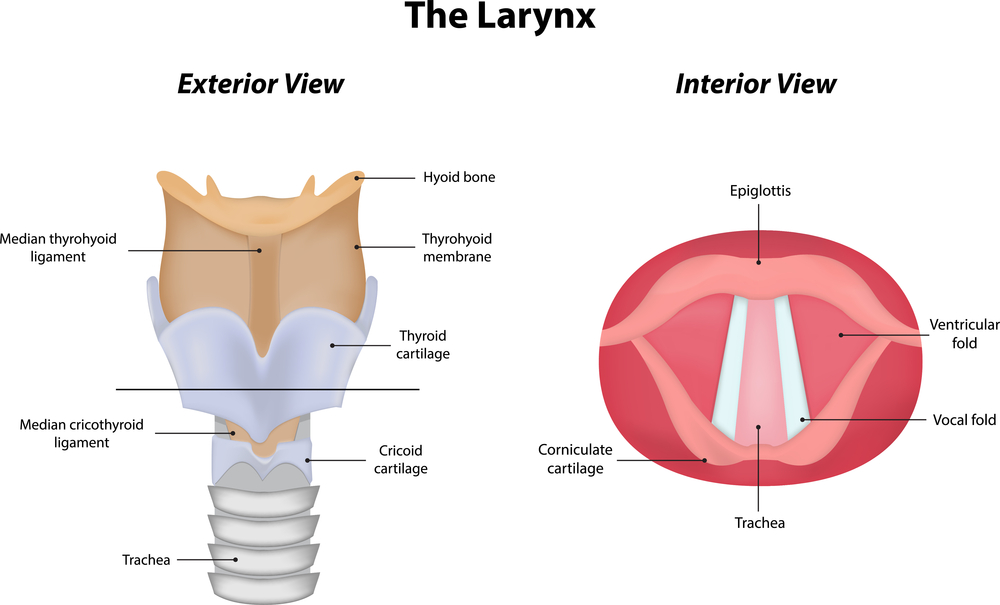Singers, actors, public speakers, teachers and call centre staff often get problems with their voice. The need to frequently project their voice in noisy environments can cause dysfunction in the vocal cords themselves, the muscles of the larynx or the muscles around the larynx. This can result in a loss of voice projection/resonance, loss of vocal range, a change in vocal quality or a complete loss of voice.
You may think of an Ear Nose and Throat (ENT) surgeon, vocal coaches, or a speech and language therapist for dealing with voice problems. These professionals are essential for dealing with varying types of vocal dysphonia. An ENT surgeon can use a laryngoscope or strobe laryngoscope to see if there are any polyps, nodules or granulomas on the vocal cords, or if there are any other major dysfunctions that may require surgery. Physiotherapy cannot help these conditions. Vocal coaches help to change how you sing using postural and other techniques to make singing less strenuous on your voice. This longer term reduces the tension on the laryngeal and surrounding muscles.
A physiotherapist can help if specifically trained in manual techniques to release tension in the laryngeal muscles, called laryngeal massage or vocal massage. Tension in temporomandibular joint muscles, muscles that attach to the larynx, tongue, sinuses, soft and hard palate can impair vocal performance. Vocal massage / laryngeal massage is targeted at these muscles to improve your vocal performance.
If the main issue is a loss of resonance, it is often the soft and hard palate, sinuses and TMJ muscles that are affecting voice projection. A loss of range is often caused by tension in the muscles behind and above the larynx that attach to the hyoid bone. This restricts the ability to elevate the larynx and tilt the thyroid cartilage forwards, which is required to reach higher notes. Tension in muscles of the anterior neck can contribute to poor neck and head posture which leads to poor vocal mechanics.
Manual techniques by a trained physiotherapist release tension in the above mentioned muscles and structures to allow normal tilting of the larynx and higher pitch/range; increased space for resonance in the soft palate and sinuses; and improved neck and head posture. Postural exercises and good vocal coaching is needed to help prevent recurrence of this tension.



